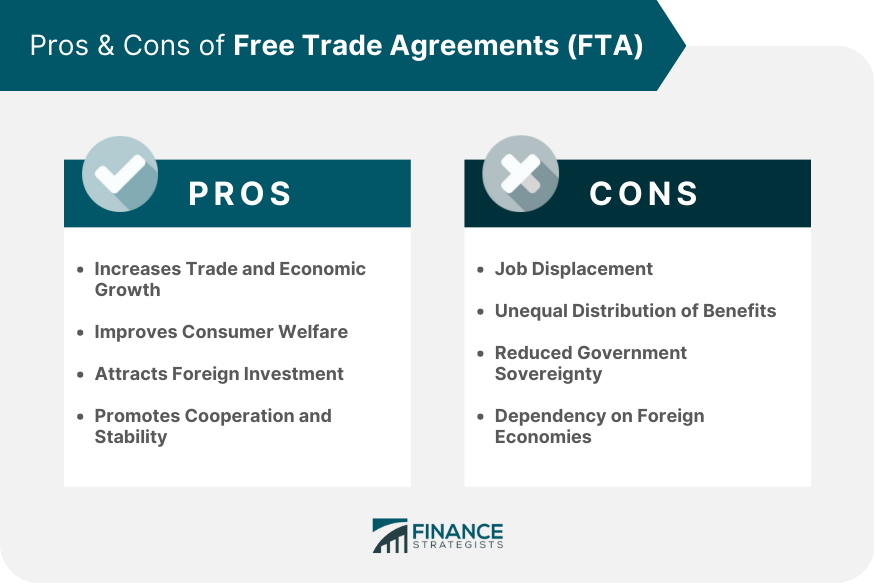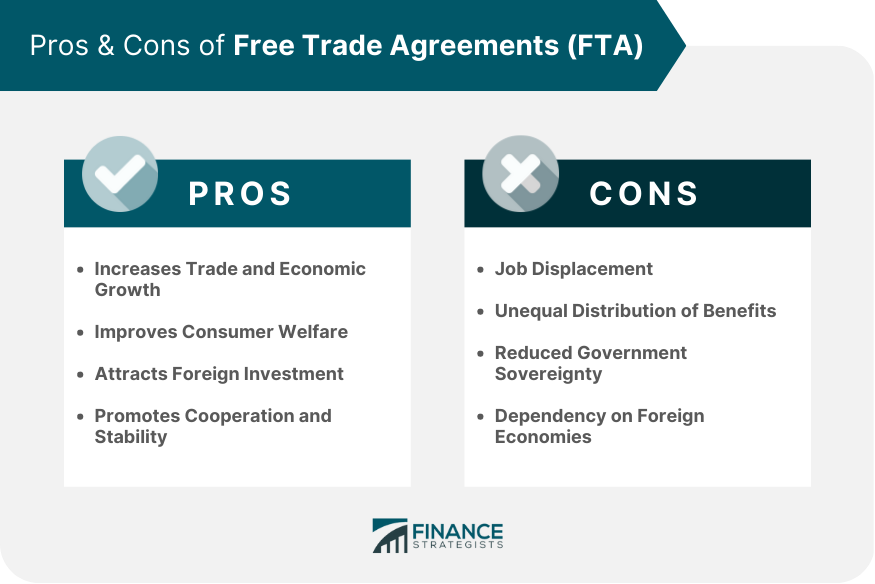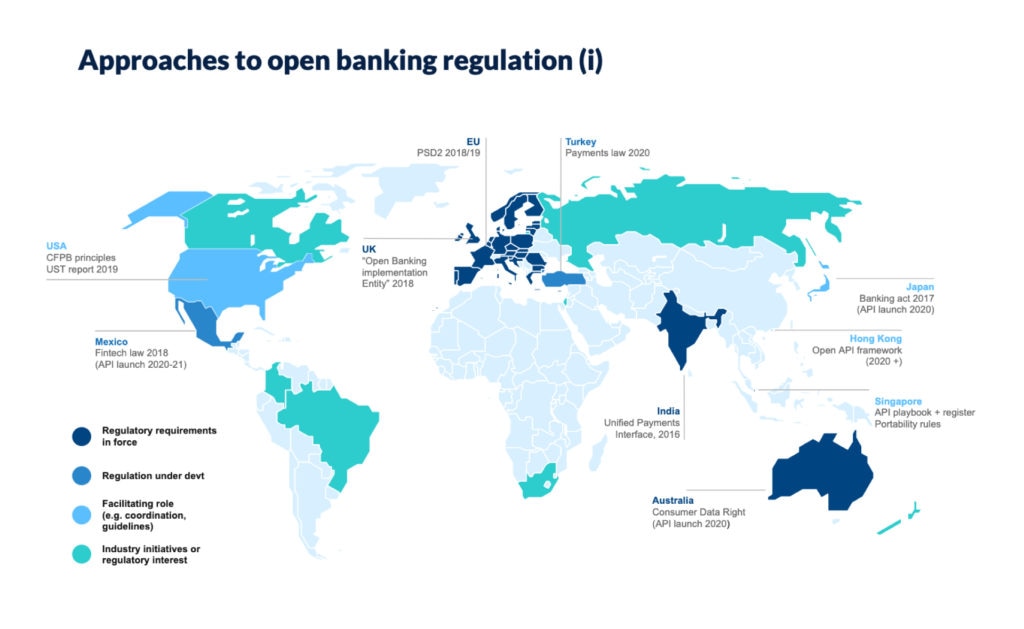
Unlocking Global Trade: A Beginner’s Guide to Free Trade Agreements (FTAs) – Benefits, Challenges, and What You Need to Know
Imagine a world where goods and services could move freely across borders, just like they do within your own country. No extra taxes, no complicated paperwork, just smooth, efficient trade. While that’s an ideal, Free Trade Agreements (FTAs) are an attempt to get us closer to it.
In an increasingly interconnected world, understanding how countries interact through trade is more important than ever. Free Trade Agreements are at the heart of this interaction, shaping economies, influencing prices, and affecting jobs worldwide. But what exactly are they, and are they always a good thing?
This comprehensive guide will break down Free Trade Agreements in easy-to-understand language, exploring their key benefits and the significant challenges they pose.
What Exactly is a Free Trade Agreement (FTA)?
At its simplest, a Free Trade Agreement (FTA) is a pact between two or more countries to reduce or eliminate certain barriers to trade between them. Think of it like creating a special "fast lane" or "express checkout" for goods and services moving between these specific countries, making it easier and often cheaper to do business.
What kind of "barriers" do FTAs typically target?
- Tariffs: These are essentially taxes or duties charged on goods when they cross international borders. FTAs aim to lower or remove these taxes, making imported goods cheaper.
- Quotas: These are limits on the quantity of certain goods that can be imported or exported. FTAs often aim to remove or increase these limits.
- Non-Tariff Barriers: These are more subtle obstacles, such as complicated customs procedures, differing product standards (e.g., safety or environmental rules), or restrictions on foreign investment. FTAs often include provisions to simplify these processes and harmonize standards.
The main goal of an FTA is to make it easier, cheaper, and more predictable for businesses in signatory countries to trade with each other.
The Bright Side: Benefits of Free Trade Agreements
FTAs are often championed by economists and policymakers for a variety of reasons. When designed and implemented effectively, they can bring significant advantages:
1. Cheaper Goods & More Choices for Consumers
- Lower Prices: When tariffs are removed or reduced, the cost of imported goods decreases. This saving can often be passed on to consumers, making a wider range of products more affordable.
- Increased Variety: With fewer barriers, businesses can import more diverse products from partner countries, giving consumers a greater selection of goods and services. Imagine being able to easily buy exotic fruits, unique crafts, or specialized electronics from around the world without high markups.
2. Boost for Businesses & Economic Growth
- Expanded Markets: Businesses gain access to larger customer bases in partner countries. This means they can sell more products and services, leading to increased revenue and potential expansion.
- Lower Input Costs: Companies can import raw materials, components, or machinery from FTA partners at a lower cost, which reduces their production expenses. This can make their final products more competitive.
- Increased Efficiency: Companies can specialize in producing what they do best and import other necessities, leading to more efficient use of resources and higher overall productivity.
3. Increased Exports & New Opportunities
- Export Growth: For countries that produce competitive goods or services, FTAs open doors to new export markets. This can lead to increased production, more jobs in export-oriented industries, and a stronger national economy.
- Attracting Foreign Investment: Countries with FTAs can become more attractive destinations for foreign companies looking to set up operations. This is because these companies can then use the FTA to export their products to other member countries more easily, bringing in capital, technology, and jobs.
4. Greater Efficiency & Innovation
- Specialization: FTAs encourage countries to focus on producing goods and services where they have a "comparative advantage" – meaning they can produce them more efficiently or at a lower cost than others. This leads to global efficiency gains.
- Competition Spurs Innovation: Increased competition from foreign companies can push domestic businesses to become more innovative, improve quality, and develop new products or services to stay competitive.
5. Stronger International Relations & Stability
- Diplomatic Ties: FTAs require cooperation and negotiation between countries, which can strengthen diplomatic relationships and foster mutual understanding.
- Reduced Conflict: Countries that are economically interdependent through trade are often less likely to engage in conflict, as it would harm their own economic interests.
The Other Side of the Coin: Challenges and Concerns of FTAs
While the benefits sound appealing, Free Trade Agreements are not without their critics and potential downsides. The impacts can be complex and uneven, leading to significant challenges for certain sectors or populations.
1. Job Losses in Specific Industries
- Domestic Industry Competition: When an FTA opens up a market to cheaper imports, domestic industries that cannot compete on price or efficiency may struggle. This can lead to factory closures, job losses, and economic hardship for communities dependent on those industries. For example, a country’s textile industry might suffer if it’s suddenly competing with much cheaper textiles from a partner country.
- "Race to the Bottom": Some worry that FTAs can encourage a "race to the bottom" where countries lower labor standards or environmental protections to attract foreign investment or make their goods cheaper for export.
2. Environmental Concerns
- Increased Production & Transportation: More trade often means more production, which can consume more natural resources and generate more pollution. Increased shipping and air freight also contribute to greenhouse gas emissions.
- Lowered Standards: Critics fear that some FTAs might weaken environmental regulations if countries relax their rules to attract businesses or if the agreement doesn’t include strong environmental protections.
3. Impact on Labor Standards and Wages
- Exploitation Risks: Without strong labor provisions in an FTA, there’s a risk that companies might move production to countries with lower wages, weaker labor laws, or less protection for workers’ rights (e.g., child labor, unsafe working conditions).
- Wage Suppression: In some cases, increased competition from countries with lower labor costs can put downward pressure on wages in higher-cost countries, even for jobs that are not directly exported.
4. Loss of National Sovereignty/Regulatory Power
- Harmonization of Standards: FTAs often require countries to align their regulations and standards (e.g., product safety, food standards). While this can simplify trade, it can also mean that a country loses some ability to set its own rules independently.
- Dispute Resolution: FTAs usually include mechanisms for resolving trade disputes between member countries. Critics sometimes argue that these mechanisms can override national laws or judicial systems.
5. Increased Inequality
- Uneven Distribution of Benefits: The benefits of FTAs might not be evenly distributed within a country. While some export-oriented sectors thrive, others may decline, leading to a widening gap between different regions or social groups.
- Small Businesses at a Disadvantage: While large multinational corporations are often well-positioned to take advantage of FTAs, smaller businesses might lack the resources or expertise to compete globally or navigate complex international trade rules.
6. Risk of Trade Deficits
- Import Surge: If a country imports significantly more goods and services from its FTA partners than it exports to them, it can lead to a growing trade deficit. While not always inherently bad, a persistent large deficit can raise concerns about a country’s economic health and reliance on foreign goods.
Key Examples of FTAs
To give you a better idea, here are a few prominent examples:
- United States-Mexico-Canada Agreement (USMCA): This replaced NAFTA (North American Free Trade Agreement) and governs trade between these three North American nations.
- Comprehensive and Progressive Agreement for Trans-Pacific Partnership (CPTPP): An agreement among 11 Pacific Rim countries, aiming to lower trade barriers across a vast economic region.
- European Union (EU): While more than just an FTA (it’s a full economic and political union), the EU represents one of the most comprehensive free trade areas in the world, with goods, services, capital, and people moving freely between member states.
Are FTAs Right for Everyone? A Balanced View.
There’s no single, simple answer to whether Free Trade Agreements are universally good or bad. Their impact is highly dependent on:
- The specific terms of the agreement: How well are labor and environmental protections addressed? What safeguards are in place for vulnerable industries?
- The economies involved: Are the countries at similar stages of development, or is there a vast disparity?
- How a country prepares: Does the government have programs to retrain workers from affected industries or support struggling businesses?
Ultimately, FTAs are powerful tools that can drive economic growth and foster international cooperation. However, they also require careful consideration, negotiation, and ongoing management to mitigate their potential negative consequences and ensure that the benefits are shared as broadly as possible.
Conclusion: Navigating the Complex World of Global Trade
Free Trade Agreements are fundamental to how the modern global economy operates. They represent a complex balance between opening markets for economic gain and protecting domestic interests and vulnerable populations.
For beginners, understanding FTAs means recognizing that they are not just about cheaper prices but also about profound shifts in industries, jobs, and environmental policies. As global trade continues to evolve, so too will the debate around the design, implementation, and impact of these crucial international agreements. Staying informed is the first step to understanding our interconnected world.



Post Comment